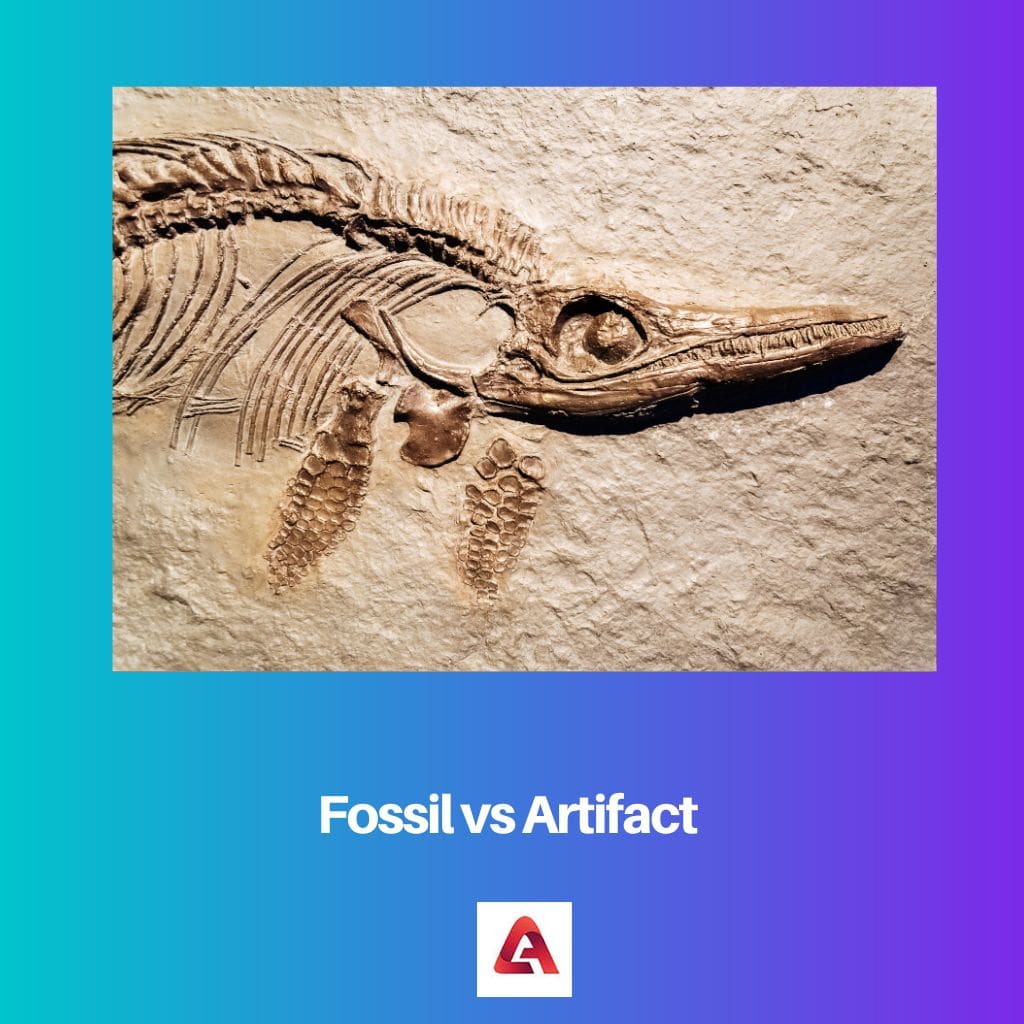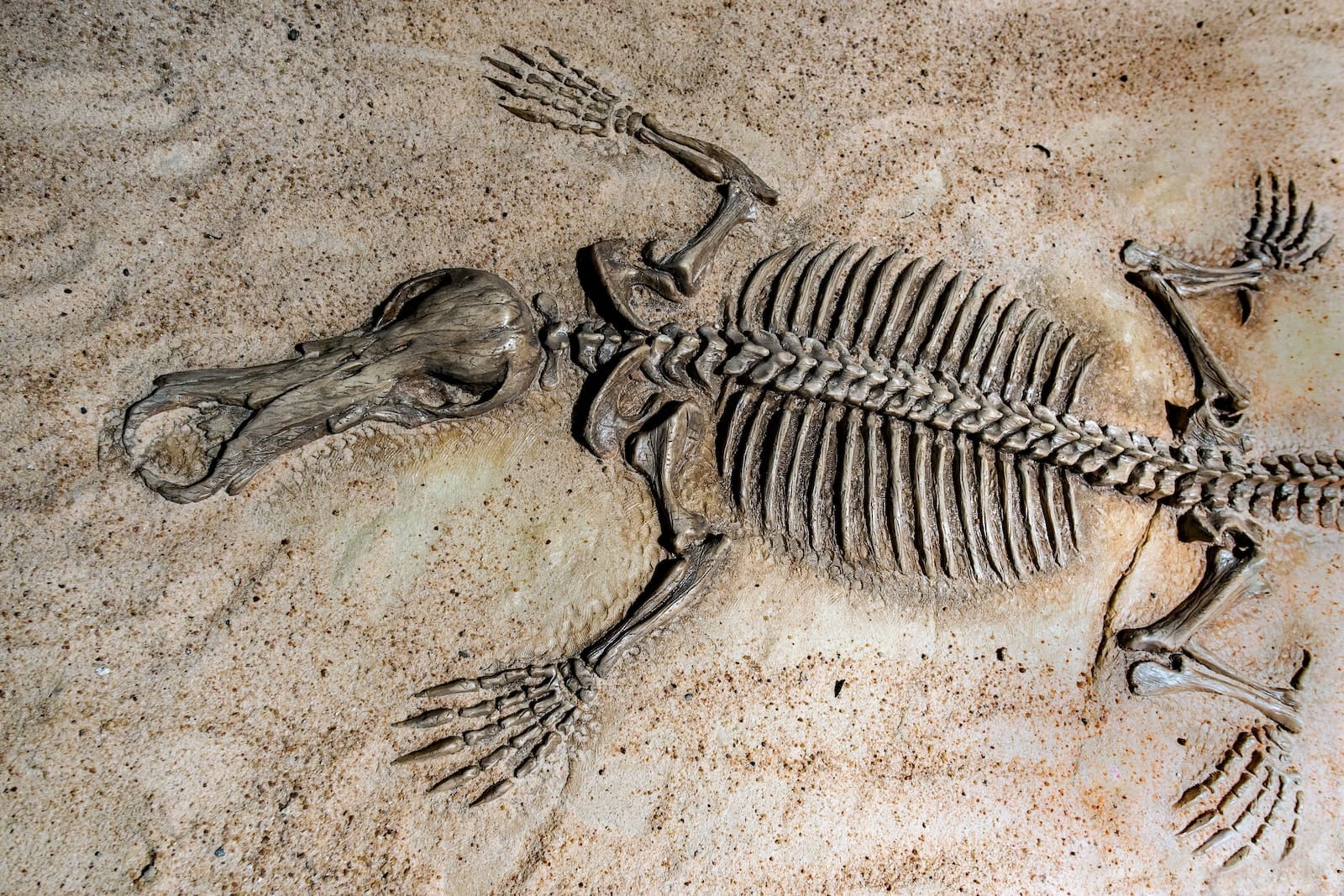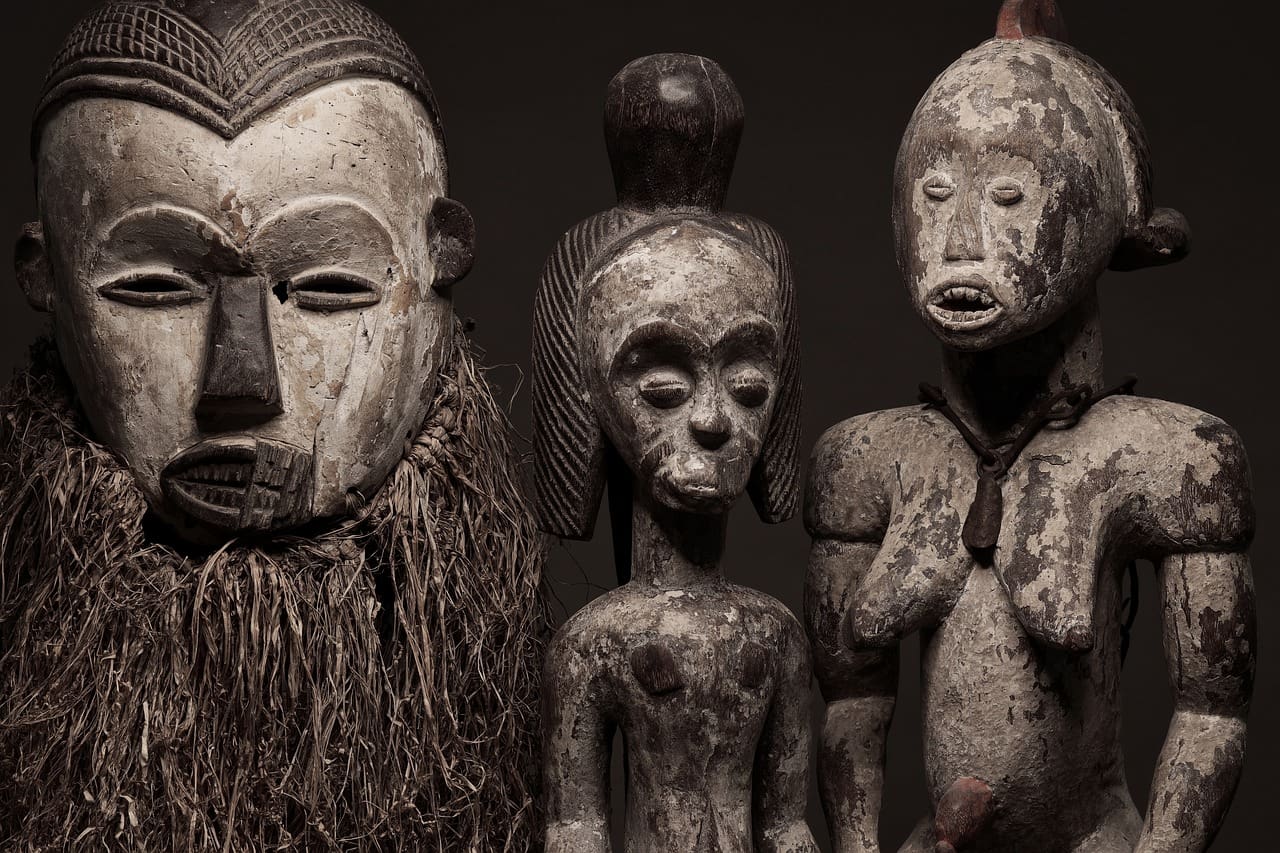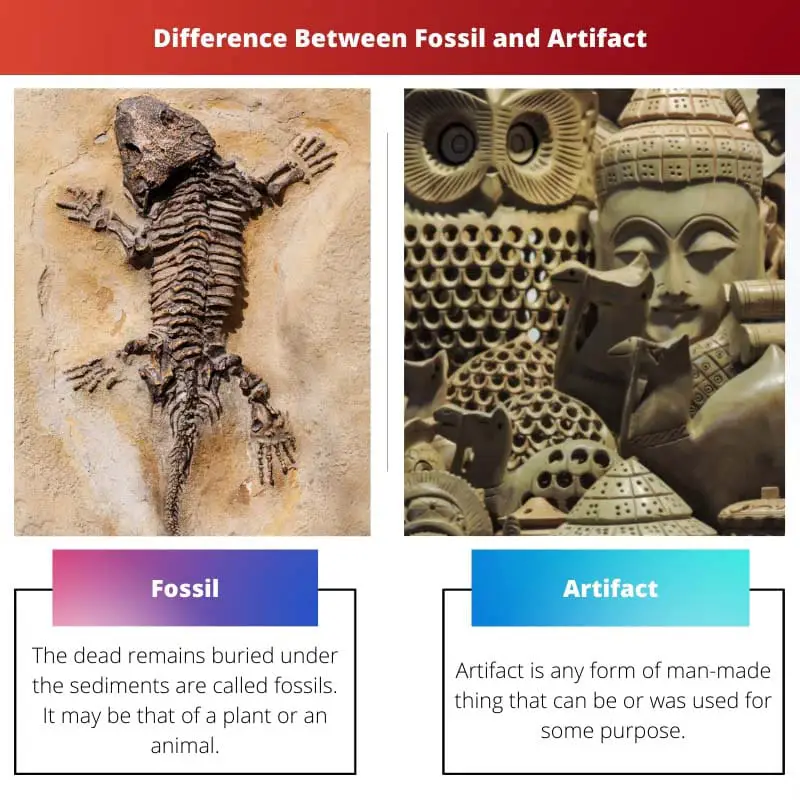The Earth is an amazing place, and it has consumed a lot of facts in her womb. It tickles our brains and gives us interesting evidence of its vast history through numerous well-preserved things and animals.
The well-preserved history of the Earth can be an artefact or a fossil, depending on its nature.
Key Takeaways
- Fossils and Artifacts are both types of preserved remains from the past.
- Fossils are the remains of animals or plants preserved in rock, while Artifacts are objects made by humans that have been preserved over time.
- Fossils are used to study the evolution of life on Earth, while Artifacts are used to study human history and culture.
Fossil vs Artifact
Fossils provide valuable information about the anatomy, behavior, and evolution of past life on Earth, formed through sedimentation and mineralization. An artifact is an object made or modified by humans that provides evidence of past human activity and culture. It can be made from a variety of materials and can be shaped.

The dead remains buried under the sediments are called fossils. It may be that of a plant or an animal. When an organism is buried under the ashes of a burning volcano or gets trapped inside the earth due to some earthquake, it becomes a fossil.
Any dead remains over 10,000 years old can be termed a fossil. Fossils could be those trails left behind by the animals they used to navigate the land.
Artifact is any man-made thing that can be used for some purpose. Be it the Egyptian pharaoh King Tut’s golden chariot or the pottery from the Harapan civilization, all are an example of artifacts.
Artifacts are the signs of human art and display the glorious art forms in which humans excel.
Comparison Table
| Parameters of Comparison | Fossil | Artifact |
|---|---|---|
| Formation | Fossils are natural formations. | Artifacts are man-made formations. |
| Significance | It is significant to palaeontology. | It is significant to archaeology. |
| Type of information | They give information about the history of the earth. | Artifacts only tell us about humans. |
| Where are they found? | Fossils can only be found in sediments of rivers or oceans. | It is found around the area where civilization exists or exists. |
| Examples | Bones of dinosaurs in a museum. | Pottery found in Utah. |
What is Fossil?
Fossils can be identified as any organic thing preserved well in the sediments of a river bed or ocean. If an organism dies or gets trapped due to some natural calamity and its solid parts remain intact and well preserved, it can be crowned as a fossil.
The age and significance also matter as it should be able to deliver unique knowledge and should be from a specific age.
Not only the dead animals categorized as fossils but also the pathways used by them to travel around for food. It gives important information about the world of the organism concerned.
Only the skeletal remains of an organism cannot be enough to give proper insight. We need information about their surroundings as well. Such fossils give us information about the behaviour of the organism.
The study of such fossils gives us information about the evolution and ancient history of the earth. It can be very useful to know about animals that lived before us as it will provide insight into the phenomenon that shapes the world.
The process that geology uses to preserve organisms can give a great insight into their types, and the information used can be utilized for different purposes depending on the need.

What is Artifact?
Any form of a manmade article that can be used in one way or another can be classified as an artifact. Artifacts are significant in archaeology as many objects, like pottery, weapons, etc., are found and are technically categorized as artifacts.
Artifacts can be found in burials, places where a civilization exited, etc. It can be in any form, such as weaponry, pottery, ornaments, modified human or animal bones or stones, etc.
It can be used to analyze a society that existed, or it can help to understand different traditions that people of the time practised.
Artifacts give an insight into the lives and the level of advancement of the people of a particular time. Various methods, such as carbon dating, etc., are used to determine the age to which the artifact belongs.
Artifacts also give us insight into the behaviour and transformation process. Sometimes artifacts can be confused with some natural formations that may give an idea of being an artifact.
The formation is called geofact and can be distinguished by examining the geography’s natural features and other evidence related to human behaviour.

Main Differences Between Fossil and Artifact
- Fossils are the natural remains of an organism preserved inside the earth, whereas artifacts are manmade objects preserved in a particular geography.
- Fossils are important for palaeontology, whereas an artifact is significant to archaeology.
- Fossils are embedded in rock formations, whereas an artifact can be found inside a tomb or any open place.
- Fossils give us an insight into the earth’s history, whereas artifacts only give us an insight into human life.
- Bones found in a fossil are naturally preserved and not altered by humans, whereas a bone artifact is a usable piece craved and transformed by human efforts.

- https://www.annualreviews.org/doi/pdf/10.1146/annurev.es.12.110181.001211
- https://www.jstor.org/stable/24926087
- https://www.jstor.org/stable/26002050
- https://www.bcin.ca/bcin/detail.app?id=22456&wbdisable=true

The information on fossils and artifacts is very interesting and well-presented
I find the study of fossils and artifacts to be truly fascinating, and their differences in significance are important to acknowledge
The differences and similarities between fossils and artifacts have been well explained here, making it both educational and engaging to read
The study of fossils and artifacts is truly mind-boggling. This comprehensive comparison has shed light on the significance of these preserved remains throughout history
This article provides a clear and informative comparison of fossils and artifacts, which has expanded my knowledge on the topic
It’s truly amazing how many things we can learn from both fossils and artifacts, and how much it can tell us about our history
Yes, the study of fossils and artifacts can offer a wealth of knowledge about the world’s past